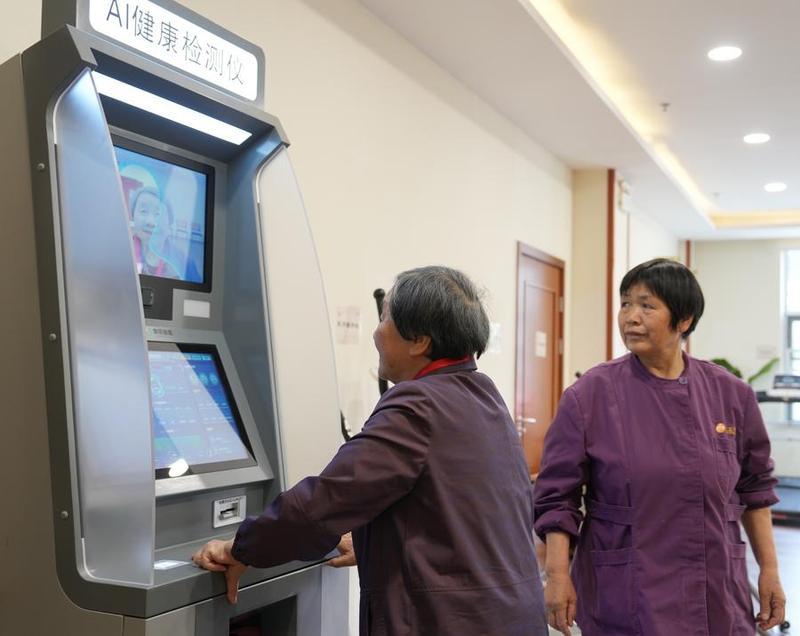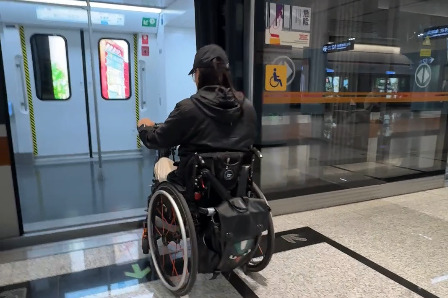Pricing guidelines issued for 28 medical services


The National Healthcare Security Administration has recently formulated and released 28 pricing guidelines for various medical services, with additional standards for physiotherapy, beauty treatments and cosmetic surgery being considered.
In China, the pricing of medical services is typically set by provincial authorities, leading to regional disparities, patient confusion and barriers to the adoption of new medical technologies.
To strengthen oversight and improve transparency, the administration began convening experts about three years ago to develop pricing standards and rolled them out gradually.
To date, 28 guidelines have been issued, covering areas such as nursing, rehabilitation, traditional Chinese medicine, assisted reproduction, and respiratory and cardiovascular diseases.
Weng Linjia, an official at the administration, said that it usually takes three to six months from the issuance of a guideline to its enforcement. Currently, all provincial-level regions have adopted guidelines for dental implants and assisted reproduction, and about half have implemented standards for organ transplantation, traditional Chinese medicine therapies and nursing care.
During an event on Thursday aimed at explaining pricing guidelines targeting four categories — radiation therapy, ultrasound examination, comprehensive diagnostic examination and radiological examination, Weng said that local authorities are expected to complete the implementation by the end of June.
"Some provinces have already reduced the price of computed tomography, or CT scan, from about 300 yuan ($41.7) to 200 yuan and that of magnetic resonance imaging, or MRI scan, from around 600 yuan to 500 yuan," he said during the event held in Beijing.
In addition to promoting standardization of prices and reducing patient burden, Weng said that these guidelines lay out pricing frameworks for innovative medical technologies like proton radiation therapy and heavy ion radiation treatment to help foster innovation.
Jiang Bingzhen, an official at the administration, said during an interview with China Central Television that a number of hospitals in the provinces of Zhejiang and Gansu, as well as Shanghai municipality, are capable of providing such radiation therapy services and have adopted pricing strategies based on official guidelines.
Among all 28 pricing guidelines, there are now over 100 items related to innovative medical products.
To support China's birth-friendly policies and address its aging population's needs, these guidelines also incorporate provisions for fetal color Doppler ultrasounds, comprehensive fetal screening as well as the setup of home-based hospital beds and door-to-door medical consultations, according to the administration.




































